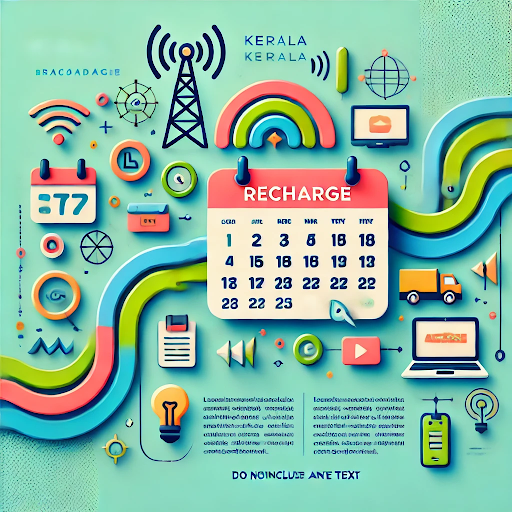The Internet of Things (IoT) has become a key technology in the evolution of smart homes. By connecting various devices and appliances to the internet, IoT enables homeowners to create an interconnected ecosystem that enhances convenience, comfort, and security. This article explores how IoT app development helps enhance smart homes, revolutionizing the way we live.
Home Automation:
IoT enables homeowners to automate various tasks within their homes, offering unprecedented convenience. Through IoT devices, individuals can control and manage numerous functions, such as lighting, temperature, entertainment systems, and even kitchen appliances. For instance, using voice commands or smartphone apps, homeowners can adjust the thermostat, turn on/off lights, or start brewing coffee from the comfort of their beds.
Energy Efficiency:
Smart homes empowered by IoT can significantly contribute to energy conservation. By integrating IoT-enabled sensors and smart meters, homeowners can monitor and optimize their energy consumption patterns. These sensors can detect occupancy, lighting conditions, and even weather forecasts, allowing for automatic adjustments in heating, cooling, and lighting systems. Additionally, IoT-enabled appliances can communicate with each other to schedule energy-intensive tasks during off-peak hours, reducing energy costs and environmental impact.
Enhanced Security:
IoT plays a vital role in bolstering the security of smart homes. IoT-enabled security systems, including smart cameras, door locks, and motion sensors, allow homeowners to remotely monitor their properties in real-time. They can receive instant notifications on their smartphones regarding any unusual activity or breaches. Moreover, IoT-based security systems can be integrated with AI algorithms, enabling them to learn and recognize patterns, enhancing their effectiveness in detecting and preventing potential threats.
Improved Safety:
IoT devices contribute to the safety of occupants within smart homes. Sensors can detect hazardous conditions such as gas leaks, smoke, or water leaks, triggering alarms and alerts to homeowners and emergency services. IoT-enabled wearable devices can also monitor the health and well-being of individuals, enabling proactive responses in case of emergencies or medical issues. For instance, a wearable device can detect irregular heart rhythms and send an alert to both the individual and their healthcare provider.
Seamless Integration and Interoperability:
The interoperability of IoT devices enables seamless integration, allowing homeowners to manage various aspects of their smart homes from a single interface. Through centralized platforms or smart assistants, individuals can control and monitor multiple devices, regardless of the manufacturer or communication protocol. This integration simplifies the user experience and avoids the need for separate applications or interfaces for different devices, streamlining the management and control of the entire smart home ecosystem.
Conclusion:
IoT technology is transforming the concept of smart homes, offering numerous benefits that enhance convenience, energy efficiency, security, and safety. By embracing IoT-enabled devices and systems, homeowners can create an interconnected ecosystem that brings comfort, efficiency, and peace of mind. The continued advancements in IoT technology are expected to further revolutionize smart homes, making them an integral part of our modern lives.











